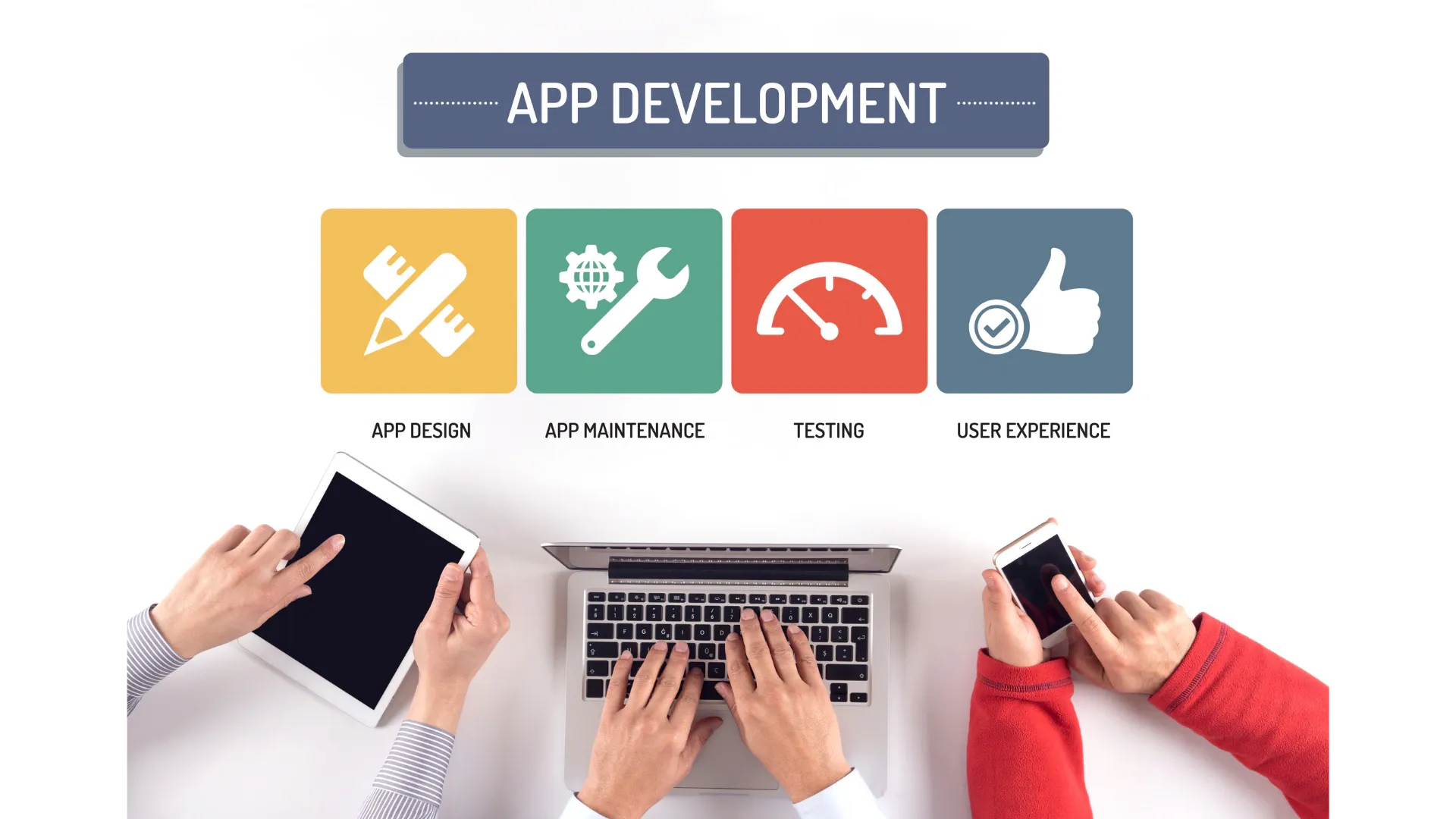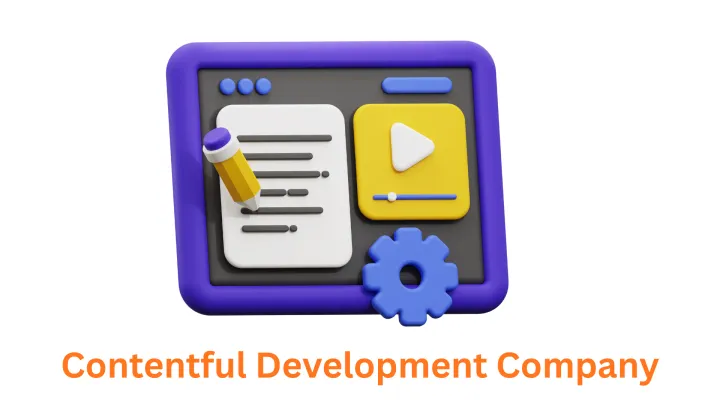The DIY Guide to Hybrid Mobile App Development

The mobile app market is booming, and you might have a brilliant idea for your own app. While the idea of coding an app from scratch can be daunting, hybrid app development offers a user-friendly entry point. In this guide, we'll break down the essentials of hybrid app development, empowering you to turn your app dreams into reality.
What is Hybrid App Development?
Hybrid apps combine the best of both worlds:
- Web Technologies: They are built using familiar languages like HTML, CSS, and JavaScript. This means you can leverage your existing web development skills.
- Native Functionality: They are wrapped in a native container, allowing them to access device features like the camera, GPS, and contacts.
- Cross-Platform Compatibility: They can be deployed on both iOS and Android platforms from a single codebase, saving time and resources.
Choosing Your Tools
Several excellent frameworks streamline hybrid app development:
- React Native: A popular choice backed by Facebook, offering robust performance and a large community.
- Ionic: Known for its ease of use and beautiful UI components.
- Flutter: Google's framework that uses Dart language and delivers smooth animations and a customizable user interface.
- Xamarin: A Microsoft-supported framework that utilizes C#.
Consider the following factors when selecting a framework:
- Your existing skills: Choose a framework that aligns with your experience.
- App complexity: Some frameworks are better suited for simple apps, while others excel at handling more complex projects.
- UI requirements: Prioritize frameworks with a rich set of UI components if aesthetics are important.
The Development Process
- Ideation and Planning: Define your app's purpose, target audience, and key features.
- Design: Create wireframes and mockups to visualize the app's layout and flow.
- Development: Start building your app using the chosen framework.
- Testing: Rigorously test your app on different devices and operating systems to identify and fix bugs.
- Deployment: Submit your app to the Apple App Store and Google Play Store.
Tips for Success
- Start Simple: Begin with a basic app and add features as you gain experience.
- Follow Best Practices: Adhere to coding standards and conventions to ensure maintainability.
- Utilize Plugins: Leverage pre-built plugins to save time and add functionality.
- Get Feedback: Gather user feedback early and often to refine your app.
When to Seek Professional Help
If your app is complex, requires specialized features, or you need a faster turnaround, consider partnering with an experienced hybrid app development company like Associative. Our team of experts can handle all aspects of development, from design to deployment, ensuring a high-quality, market-ready app.
Services Provided by Associative:
Blockchain Smart Contract Development
Conclusion
Hybrid mobile app development is an accessible way to bring your app ideas to life. By understanding the fundamentals, choosing the right tools, and following a structured development process, you can create impressive apps that reach a wide audience.
Ready to embark on your app development journey? Contact Associative today for a consultation!
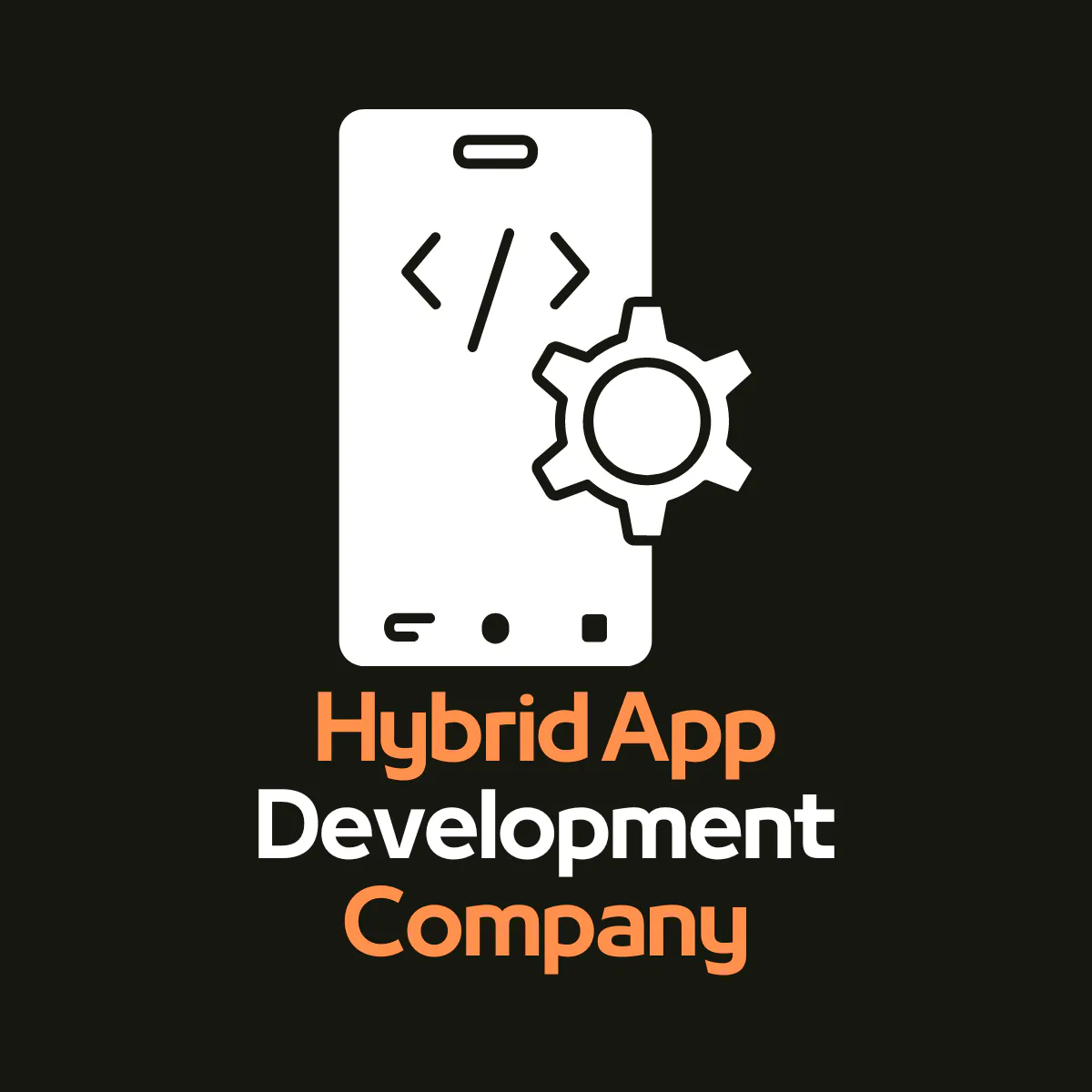

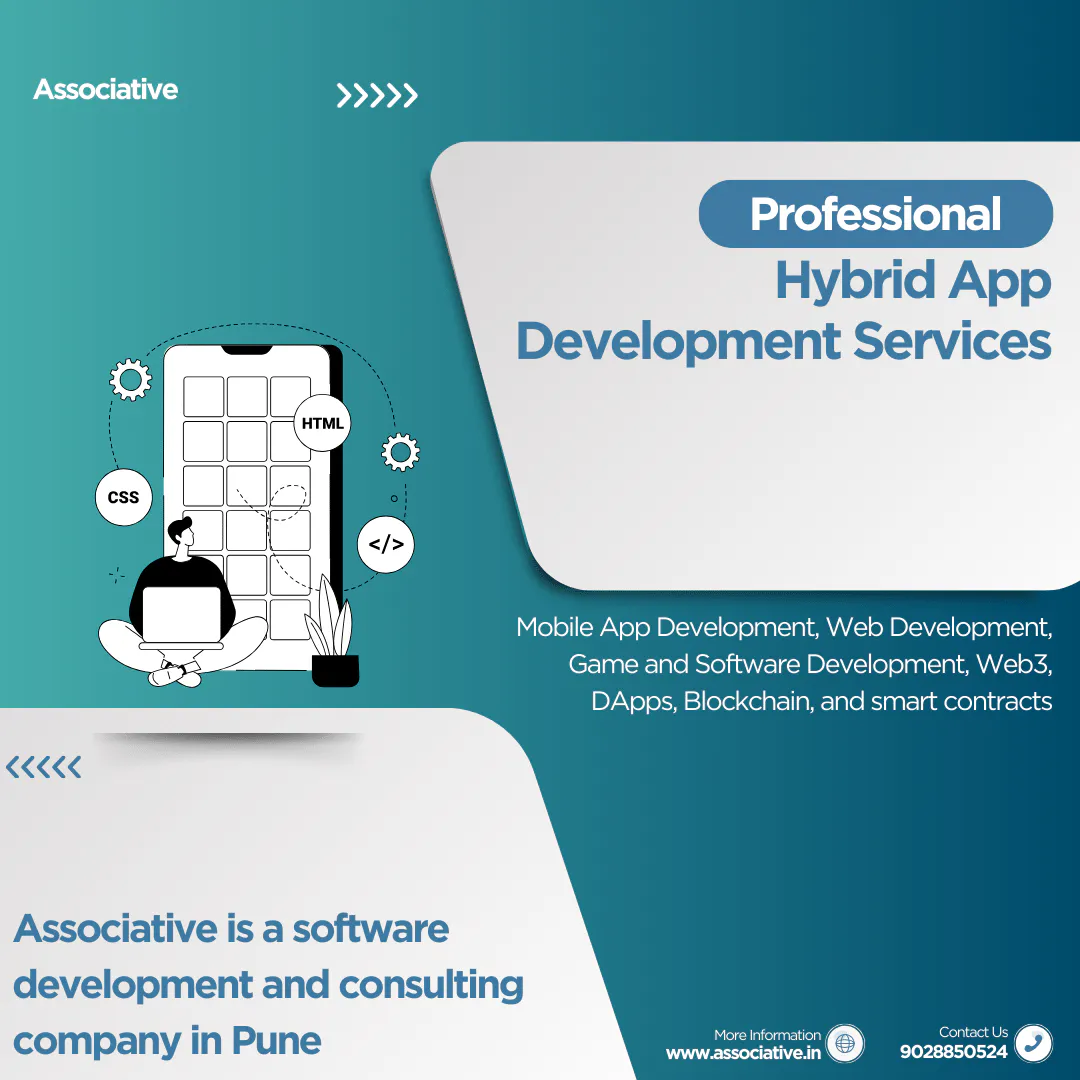
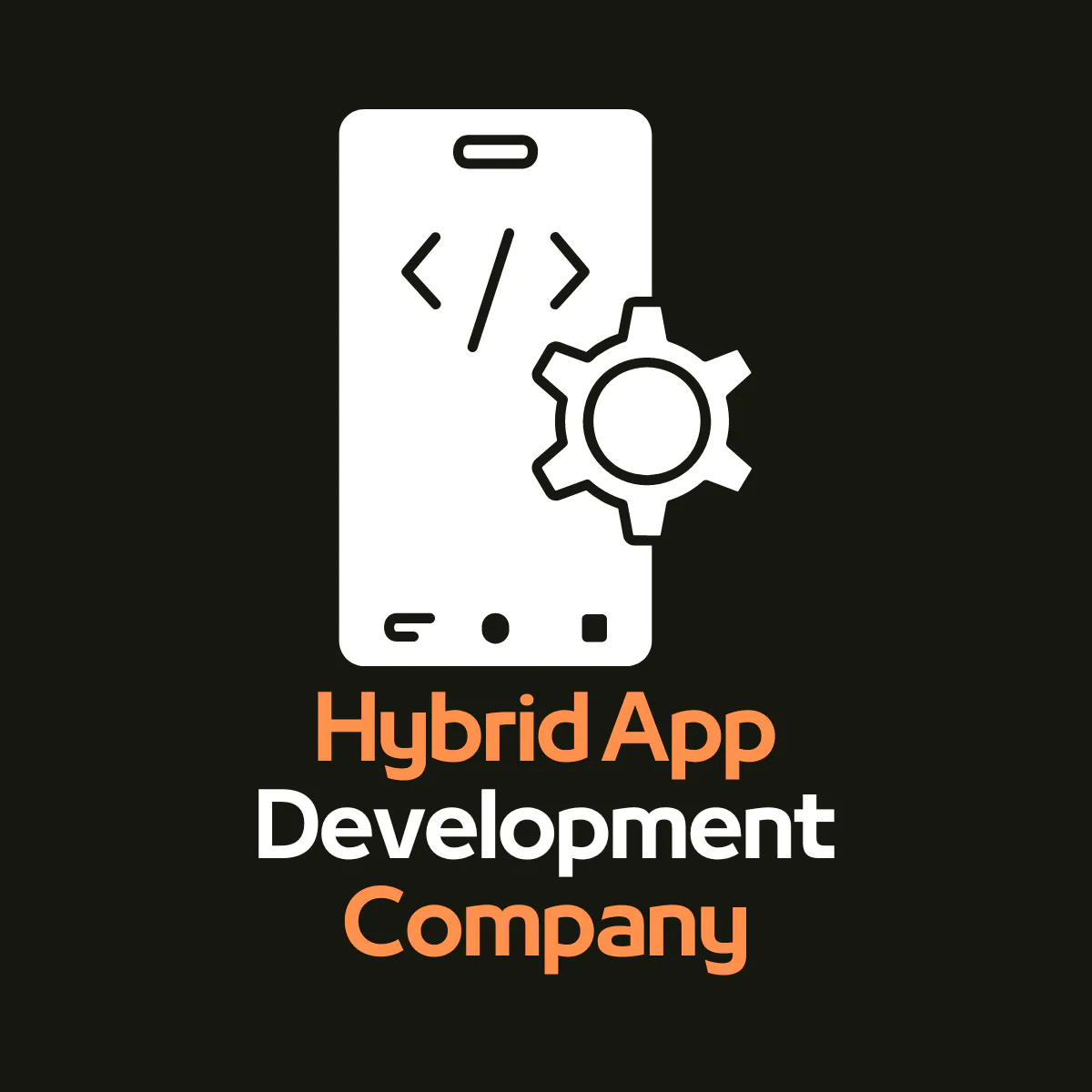
To learn more, consider reading other articles, blogs, and stories in this area.







